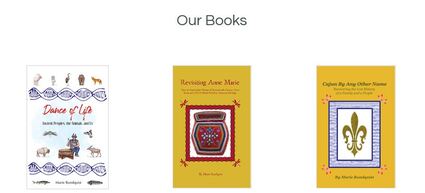"The DNA of Privacy and the Privacy of DNA" - A Federal Trade Commission (FTC) Attorney Weighs In.1/9/2024
Jillson, E. (2024, January 5). "The DNA of Privacy and the Privacy of DNA." Federal Trade Commission. FTC Business Blog. https://www.ftc.gov/business-guidance/blog/2024/01/dna-privacy-privacy-dna Quotation from the blog post: "Companies selling genetic testing products tout the benefits of DNA-based insights – learning more about health, lineage, family tree – so that consumers can seek medical attention, customize their diet or exercise regimen, find long-lost relatives, or understand more about their background. But for consumers to realize benefits from DNA-based products or services, consumers need to be able to trust their accuracy – and trust that the company’s practices related to the DNA of privacy (data minimization, purpose limitations, retention limits, etc.) will protect the privacy of their DNA." Click here to read the rest of the article: https://www.ftc.gov/business-guidance/blog/2024/01/dna-privacy-privacy-dna See also: Kagan, O. (2024, January 8.) "Your DNA and the FTC: What you Need to Know." Fox Rothschild. https://www.jdsupra.com/legalnews/your-dna-and-the-ftc-what-you-need-to-5653890/
"NIST report identifies significant privacy gaps in genomic data handling" -- January 6, 20241/6/2024
Reference: Smalley, S. (2023, December 21). NIST report identifies significant privacy gaps in genomic data handling: A new National Institute of Standards and Technology (NIST) report on the cybersecurity of genomic data found major privacy gaps in how the data is generated, stored and shared." https://therecord.media/nist-identifies-privacy-gaps-genomic-data See also: Pulivarti R, Martin N, Byers F, Wagner J, Maragh S, Wilson K, Wojtyniak M, Kreider B, Frances A, Edwards S, Morris T, Sheldon J, Ross S, Whitlow P (2023) Cybersecurity of Genomic Data. (National Institute of Standards and Technology, Gaithersburg, MD), NIST Interagency or Internal Report (IR) NIST IR 8432. https://doi.org/10.6028//NIST.IR.8432
ancIBD: A new method for detecting identity by descent (IBD) segments in ancient human DNA12/20/2023
Max Planck Society. (2023, December 20). "Revealing close and distant relatives in ancient DNA with unprecedented precision." Phys Org. https://phys.org/news/2023-12-revealing-distant-ancient-dna-unprecedented.html
From the original research: "Long DNA segments shared between two individuals, known as identity-by-descent (IBD), reveal recent genealogical connections. Here we introduce ancIBD, a method for identifying IBD segments in ancient human DNA (aDNA) using a hidden Markov model and imputed genotype probabilities." Reference (Open Access): Ringbauer, H., Huang, Y., Akbari, A. et al. Accurate detection of identity-by-descent segments in human ancient DNA. Nat Genet (2023). https://www.nature.com/articles/s41588-023-01582-w "Following in polar bears' footprints: DNA from snow tracks could help monitor threatened animals."12/4/2023
By using environmental DNA collected from fresh skin shells shed by Polar Bears and left behind in their footprints in the snow, researchers may learn more about threatened Polar Bear populations in a non-invasive ("paws off") way. References:
|
Archives
June 2025
Categories
All
|
DNA-Genealogy-History.com Site Index:
Copyright 2025 Marie Rundquist., DNA Genealogy History, LLC
DNA Genealogy History, LLC is a registered S Corporation with the State of Virginia and the Federal Government since 2017, is a retailer and distributor of books and digital publications, and is certified, authorized and empowered to collect Sales and Use Tax for the Commonwealth of Virginia.
E-Mail Your Comments to [email protected]
This website is not intended for users located within the European Economic Area.
DNA Genealogy History, LLC is a registered S Corporation with the State of Virginia and the Federal Government since 2017, is a retailer and distributor of books and digital publications, and is certified, authorized and empowered to collect Sales and Use Tax for the Commonwealth of Virginia.
E-Mail Your Comments to [email protected]
This website is not intended for users located within the European Economic Area.
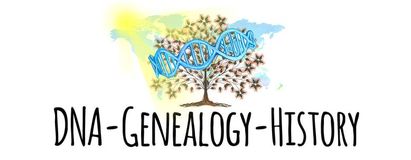
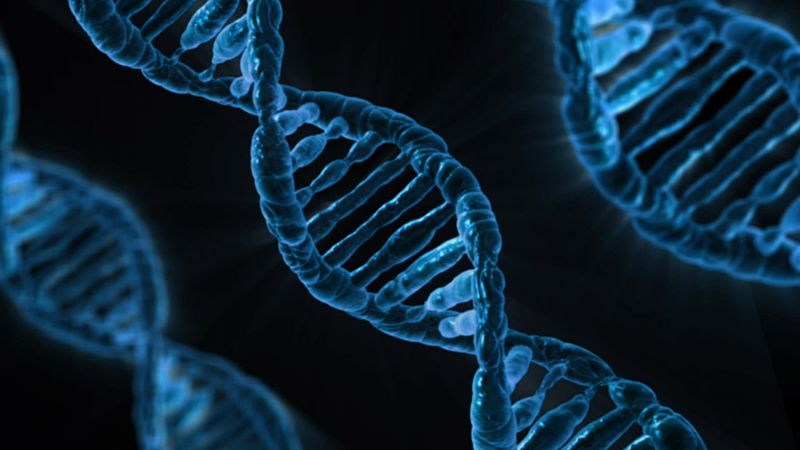
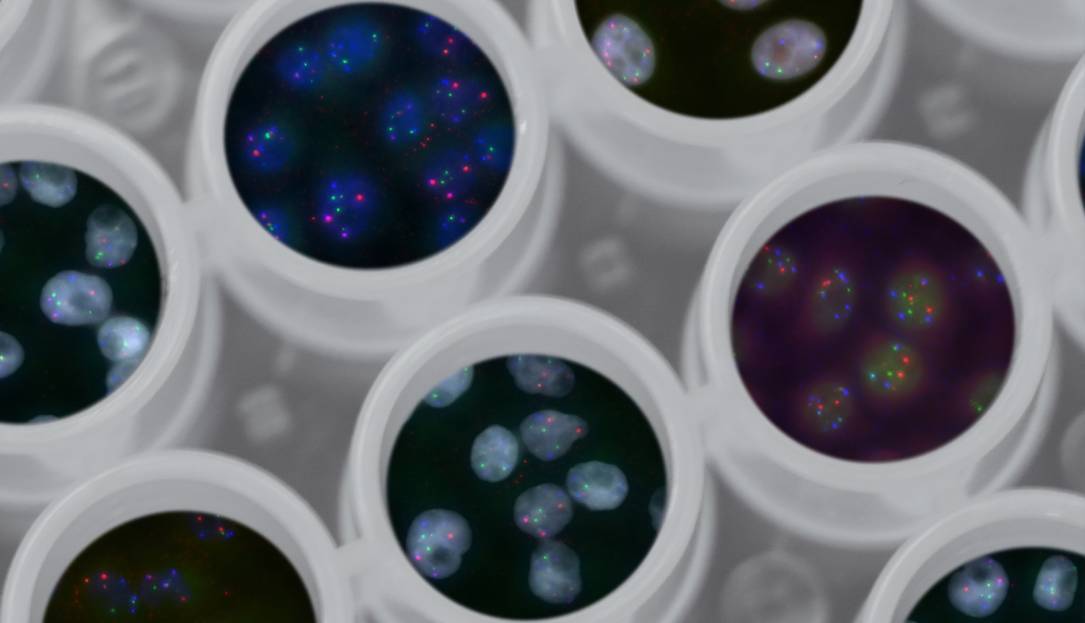
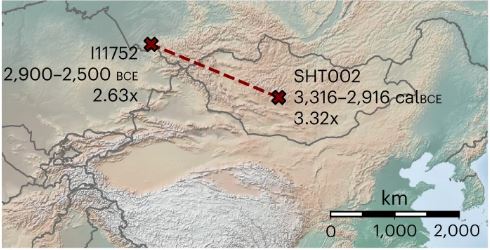

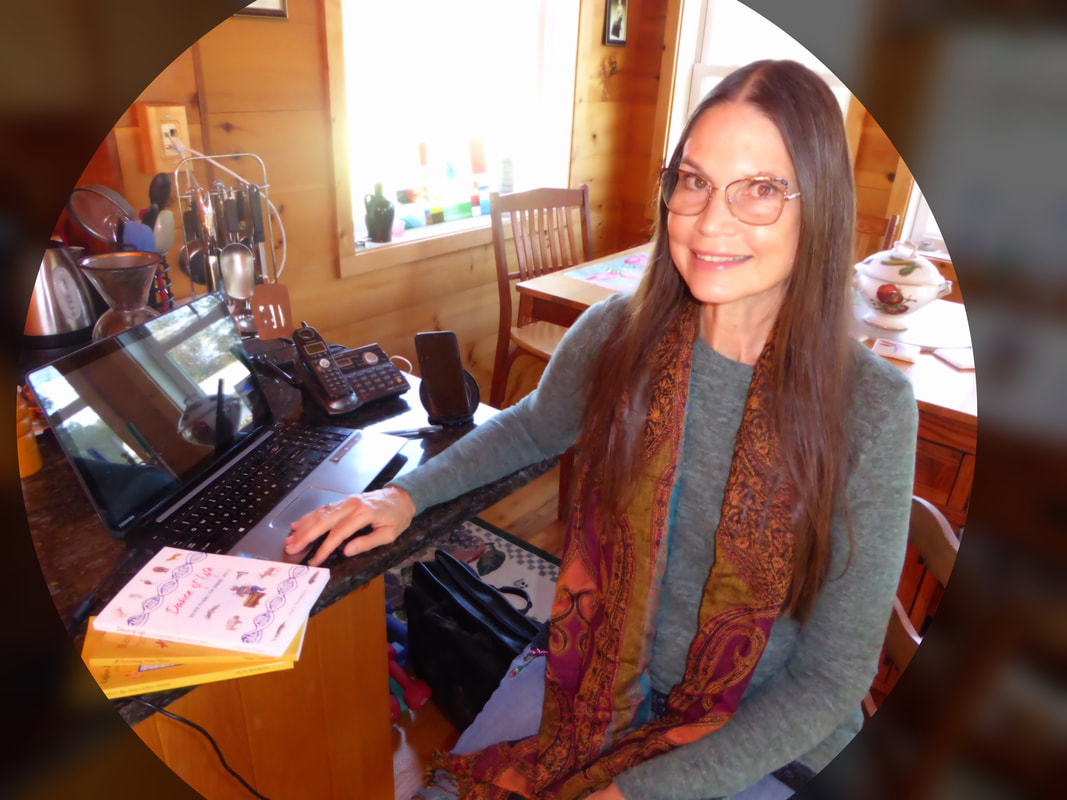
 RSS Feed
RSS Feed
